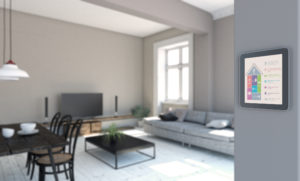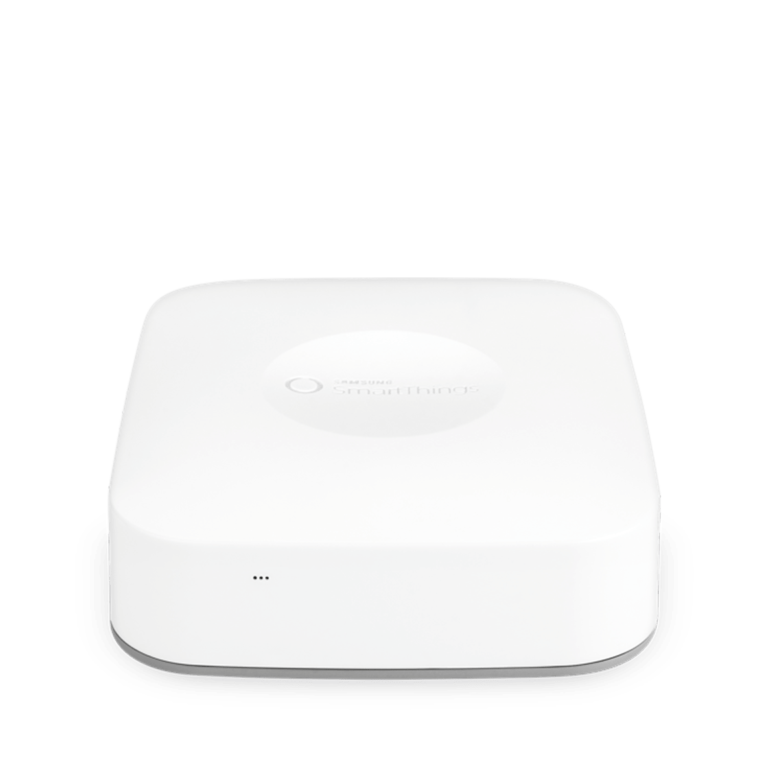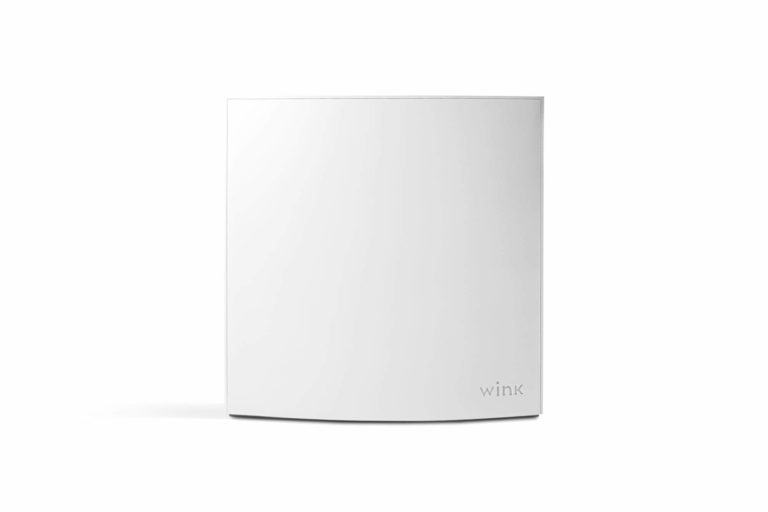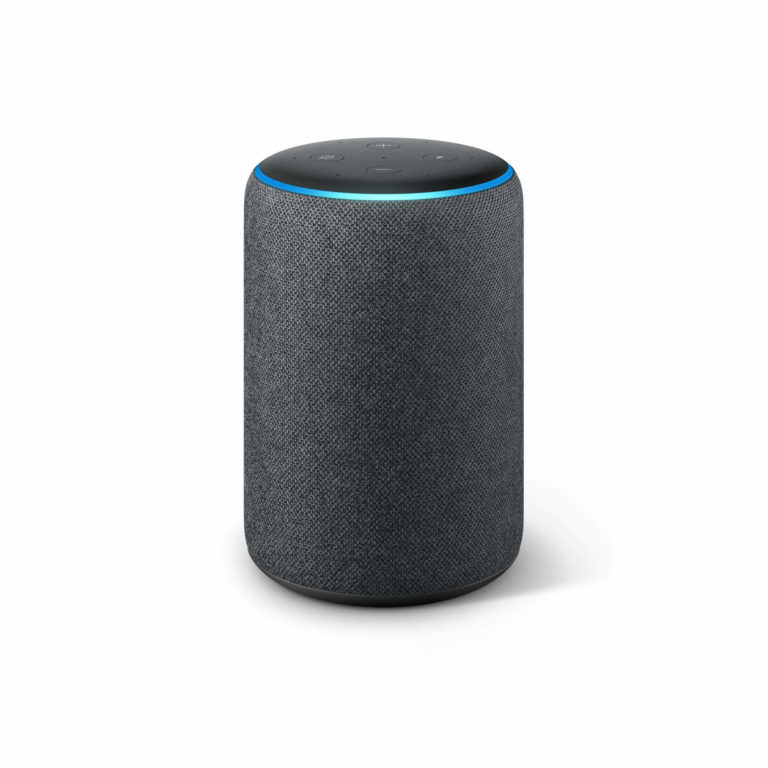That’s where smart hubs come in. Smart hubs take all the smart devices you want to use and make them all talk to each other so you can control them from a single mobile app. Just keep in mind that the SmartThings app doesn’t have the full functionality of each smart device’s own app. You might still need to have the individual apps on hand (or on phone) to get access to your device’s full feature set. Plus, the mobile app lets you take all those different smart devices and make them work together in one place without having to have 15 different apps open on your phone all the time. You can also set “scenes,” that will make a bunch of different actions perform together automatically. If you set a “goodnight” scene, you can make SmartThings turn off all your interior lights, turn on the porch lights, lower the thermostat, and arm your security system. If you have a Ring doorbell, for example, you can automate its actions with the SmartThings app, but you can’t view the camera’s livefeed. You still have to open Ring’s own separate app to get the camera’s full features. So SmartThings doesn’t necessarily replace all the other smart home apps on your phone. If you use smart home devices from a bunch of different manufacturers and with different protocols, then the Wink 2 is your best chance of connecting them all. DIY-ers rejoice, Wink is here for you. Wink even sends the hub out “Thread-ready,” which means when the soon-to-be-huge Thread protocol becomes more widely available in devices, the Wink 2 will already be good to go. The Wink 2 is a very cool hub with impressive functionality, but it loses to the SmartThings hub when it comes to reliability. Temporary monitoring lets you self-monitor your system most of the time, but you’re able to sign up for professional monitoring for a week or a short period of time. If you’re headed out of town for the week or weekend, you can get three or seven days’ worth of professional monitoring through Abode. This is a pretty great perk. Want to learn more? Check out our Abode review. The TP-Link Deco M9 Plus solves your range problems and gives you smart home support to boot. Not a bad combo deal. Multi-node Wi-Fi support basically means you’ll have better Wi-Fi connectivity throughout your entire property. It works better than range extenders to ensure even coverage and get rid of those pesky dead spots. These devices also come with some extras, like parental controls and antivirus screening tools. While most people probably don’t need a smart hub per se, they can be useful for DIY-ers who want to customize the heck out of their devices. Wink 2: Most versatile—The Wink 2 supports a bunch of different smart home protocols and is most comparable to the SmartThings hub. SmartThings wins out mainly because Wink has had some issues with reliability. Abode Iota: Best for a security system—The Abode Iota combines a camera with a security and smart home hub. As part of a larger security system, Abode both protects your home and gives you a main hub to control your other smart stuff through. TP-Link Deco M9 Plus: Best Mesh Wi-Fi Network—If you have a big house, then the TP-Link Deco M9 Plus can solve both your Wi-Fi and your smart home woes. This multi-node system extends your Wi-Fi connection and supports Zigbee smart home protocol so you can control compatible devices.





